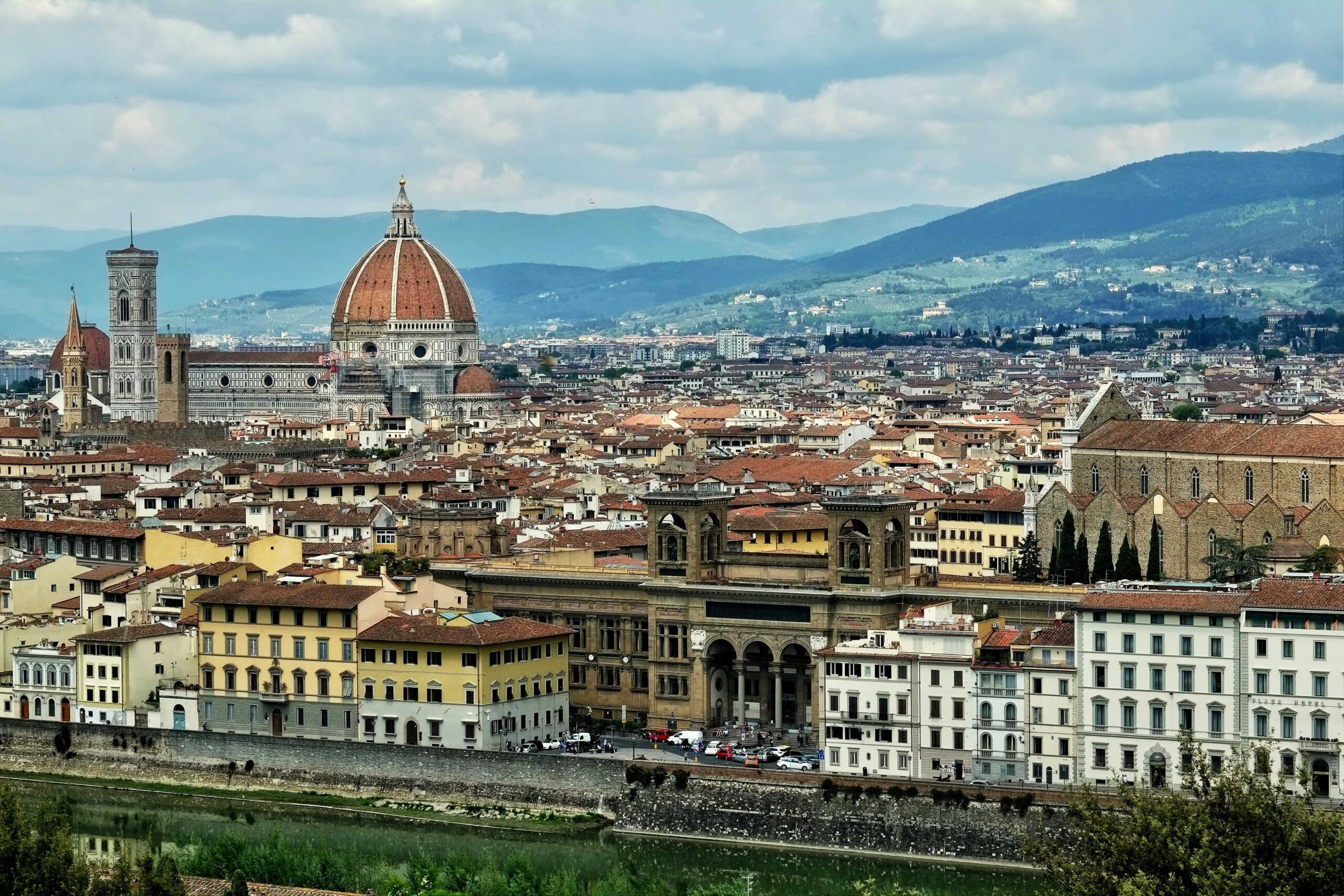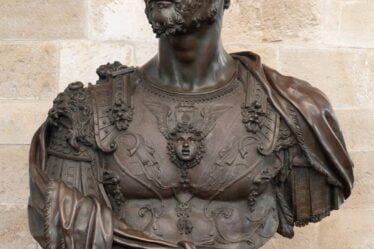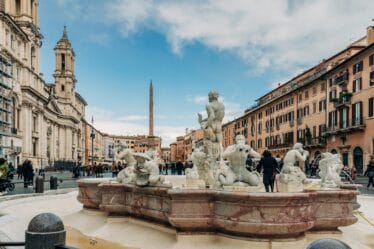
The history of the Frescobaldis begins around the year 1000, when the first members of the family moved to Florence from Val di Pesa, where we still find the Castiglioni estate today, the family’s oldest agricultural possession. The Frescobaldis settled in the Oltrarno part of the city in Piazza de’ Frescobaldi where they built the loggia, the tower and the palace. The first news of the Frescobaldi winemaking activity dates back to 1308. A curiosity is a document that records an exchange in kind (works of art for wine) with Michelangelo Buonarroti.
With great openness towards the future, the ancestors introduced then unknown vines to Tuscany in 1855, including Carbernet Sauvignon, Merlot Pinot Noir and Chardonnay. Vittorio degli Albizi, brother-in-law of the Frescobaldis by the marriage of his sister Leonia to Angiolo Frescobaldi, was among the first to experiment with modern wine production methods on the Frescobaldi estates, with the grafting of Chardonnay, Cabernet and Merlot vines in Tuscany in 1855.
Today, after eight centuries, for the first time at the head of the family holding there is a woman, Tiziana Frescobaldi and another Lamberto, thirtieth generation, degree in agriculture and specialization in viticulture, has been at the helm of Marchesi de’ Frescobaldi since 2013 in which includes eight estates with noble terroirs in the areas most suited to wine in Tuscany: Castello Pomino (Pomino), Castello Nipozzano (Nipozzano), Tenuta Perano (Gaiole in Chianti), Tenuta Castiglioni (Montespertoli), Tenuta CastelGiocondo (Montalcino), Tenuta Flagship (Magliano in Toscana), Remole (Sieci) and Gorgona.


